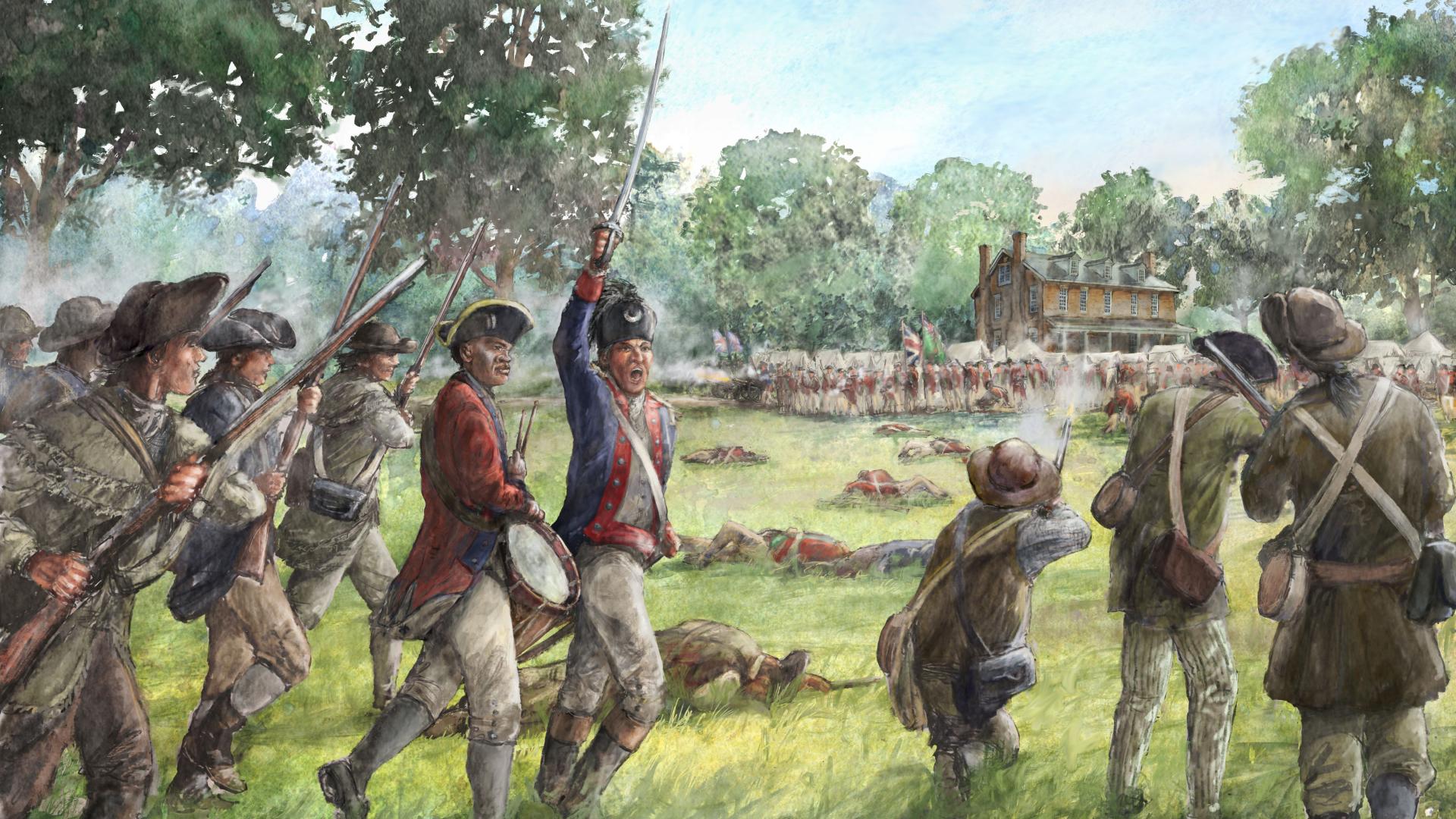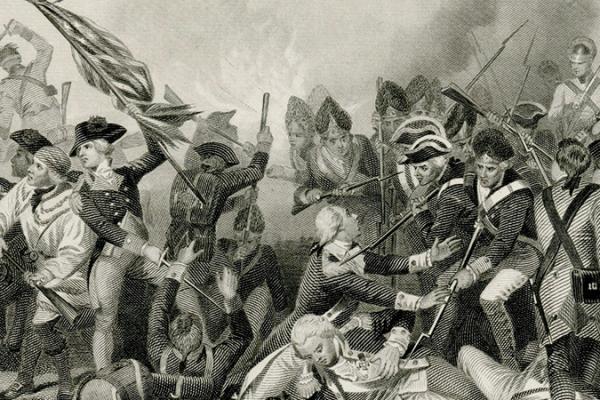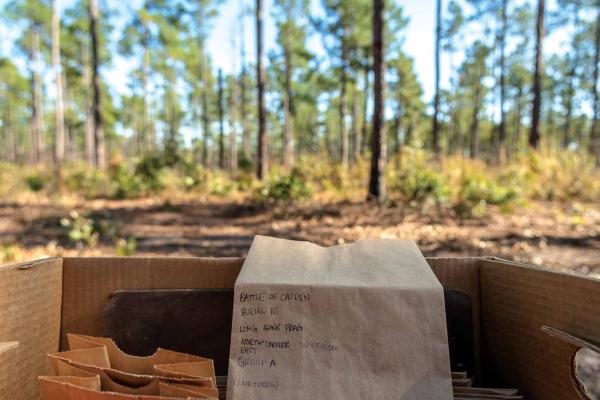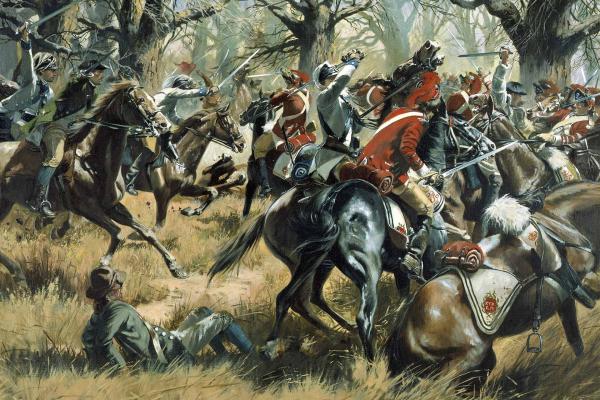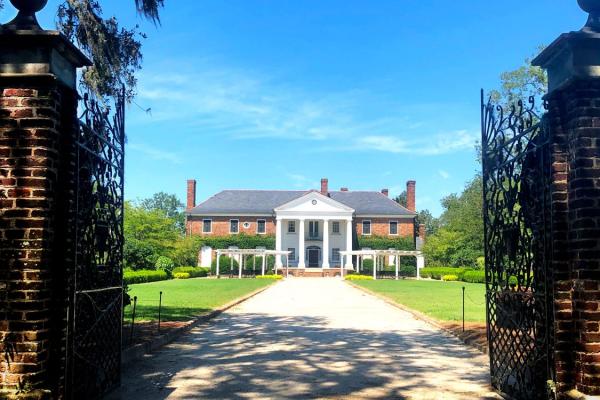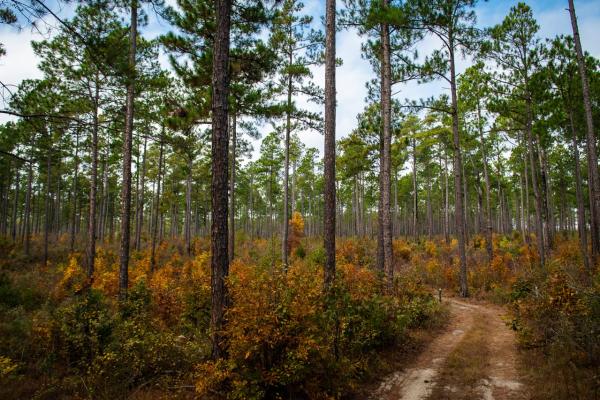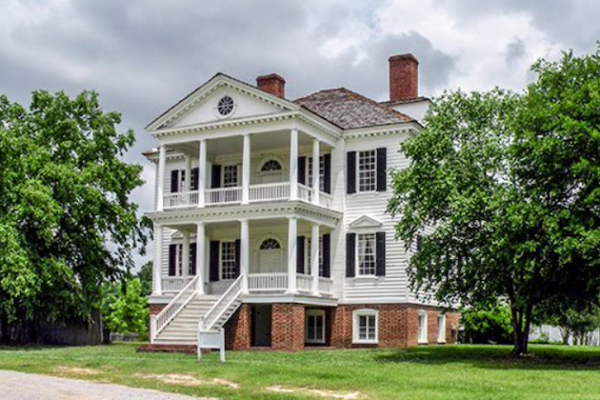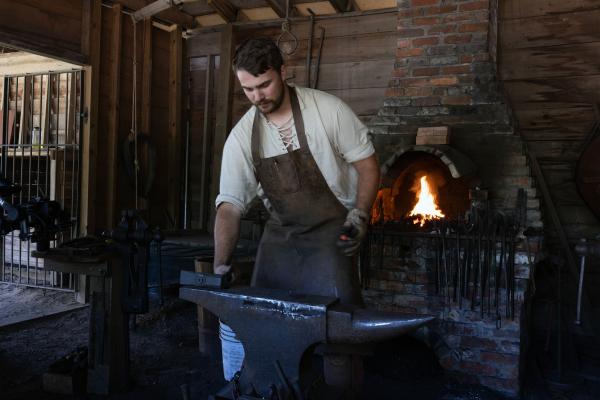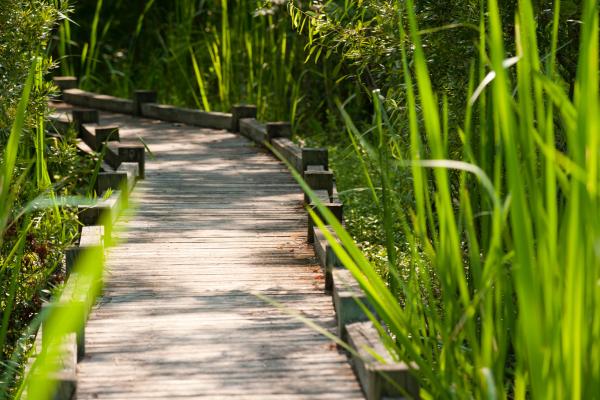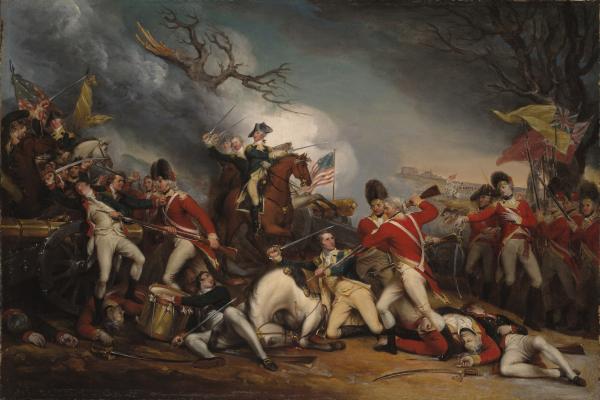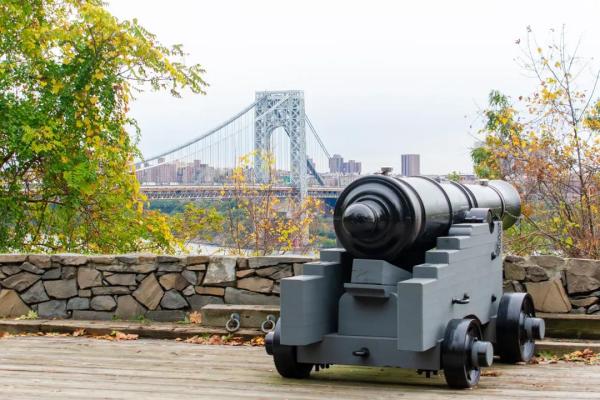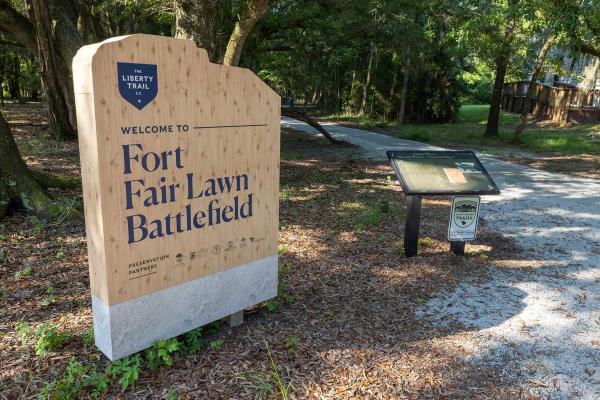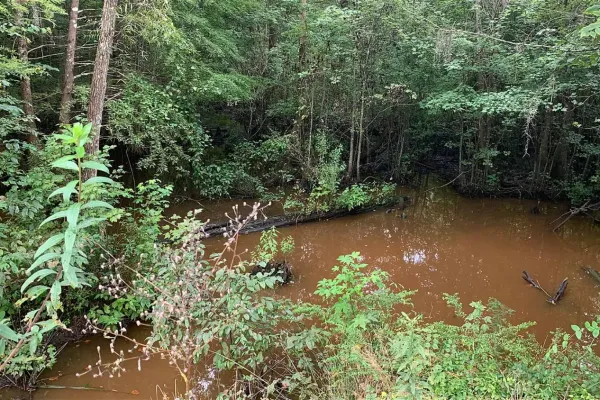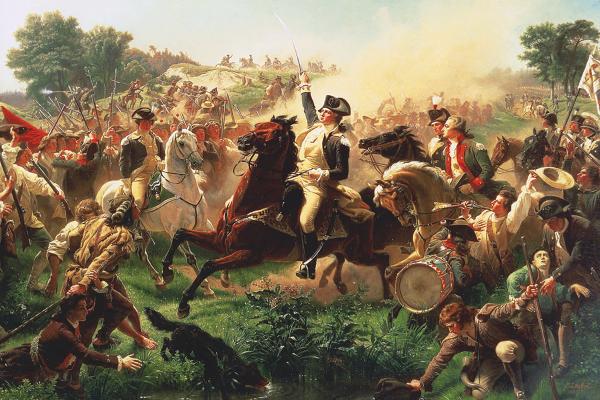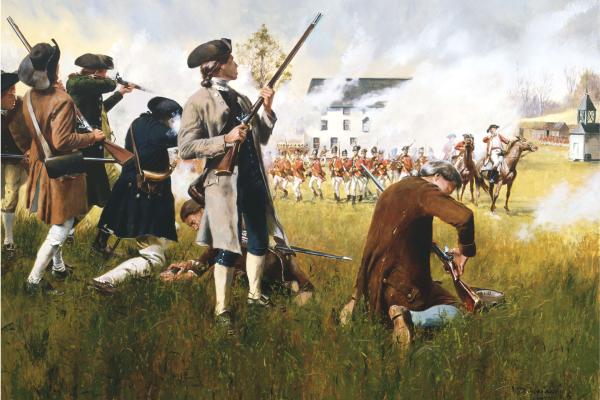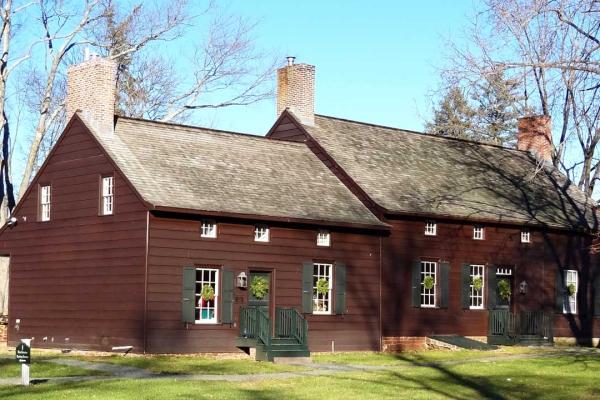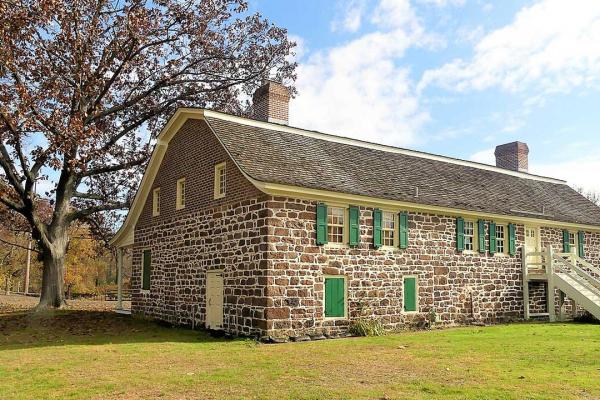The Blog |
Reposted from battlefields.org Here are 10 facts about the British victory at the Battle of Camden amidst the struggle for control of the Carolinas during the American Revolution. Fact #1: Although...
The Blog |
Reposted from battlefields.org by Jennifer Howard Just north of Camden, South Carolina, the landscape transitions from bustling urbanity to scattered homesteads and expansive longleaf pine forests. On...
The Blog |
Reposted from battlefields.org This set of inspiring and commemorative conversations about the American Revolution and the founding of America is a part of The Liberty Trail. The recordings humanize...
The Blog |
Reposted from battlefields.org Share to Google Classroom Added by 16 Educators Fort Moultrie's history covers more than 220 years of seacoast defense, from the first decisive victory in the American...
The Blog |
Reposted from battlefields.org by Mark Maloy Charleston is well known for the numerous plantations that dot the areas of the Lowcountry around it. One of the most famous and most visited is Boone Hall...
The Blog |
Reposted from battlefields.org by Mark Maloy Share to Google Classroom Added by 3 Educators The city of Charleston sits at the end of a peninsula where the Ashley and Cooper Rivers meet and empty into...
Uncovering History
We invite you to visit the preserved locations along the Liberty Trail and to immerse
yourself in the extraordinary events that determined the fate of a nation.
Exploring History
We invite you to visit the preserved locations along the Liberty Trail and to immerse yourself
in the extraordinary events that determined the fate of a nation.
